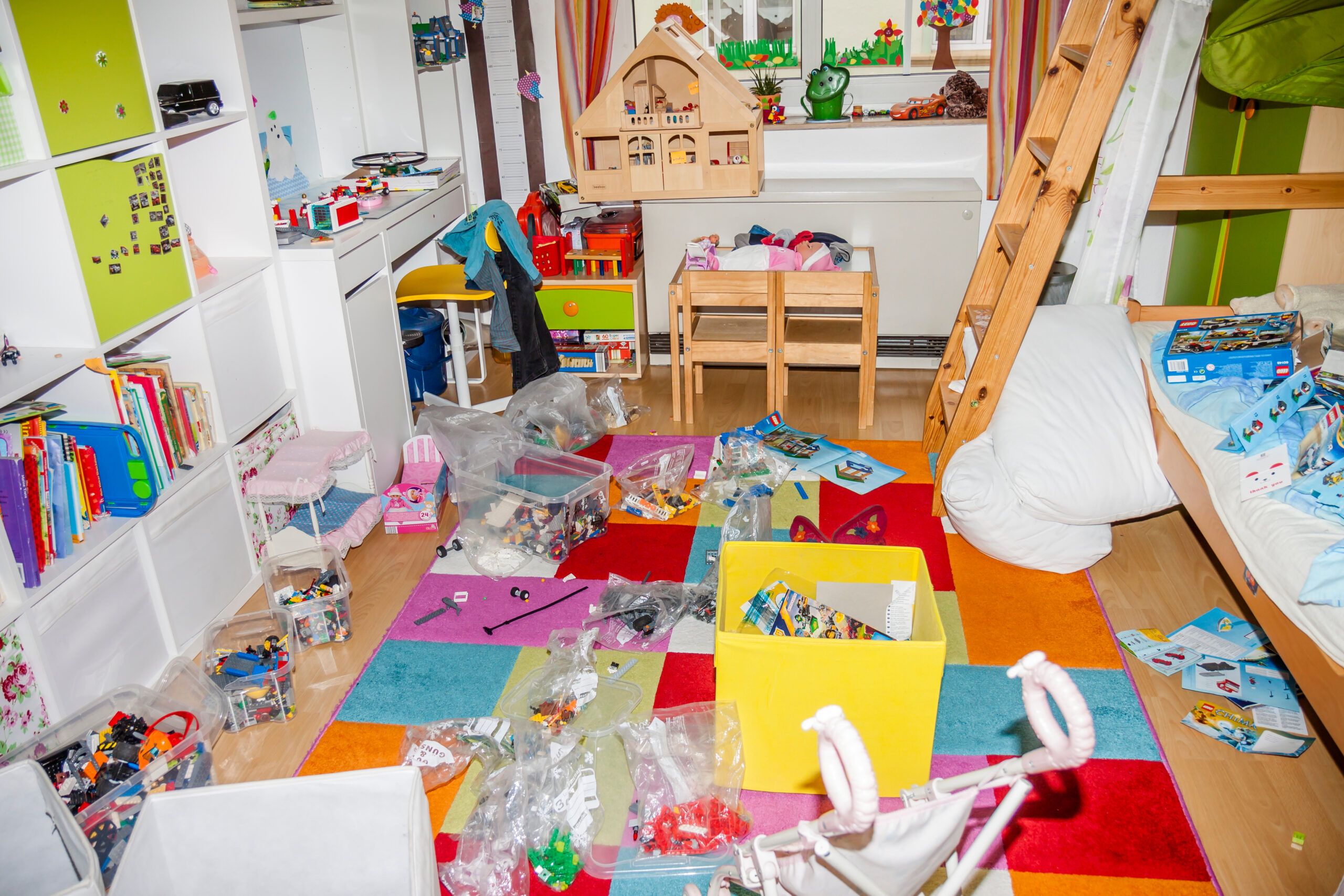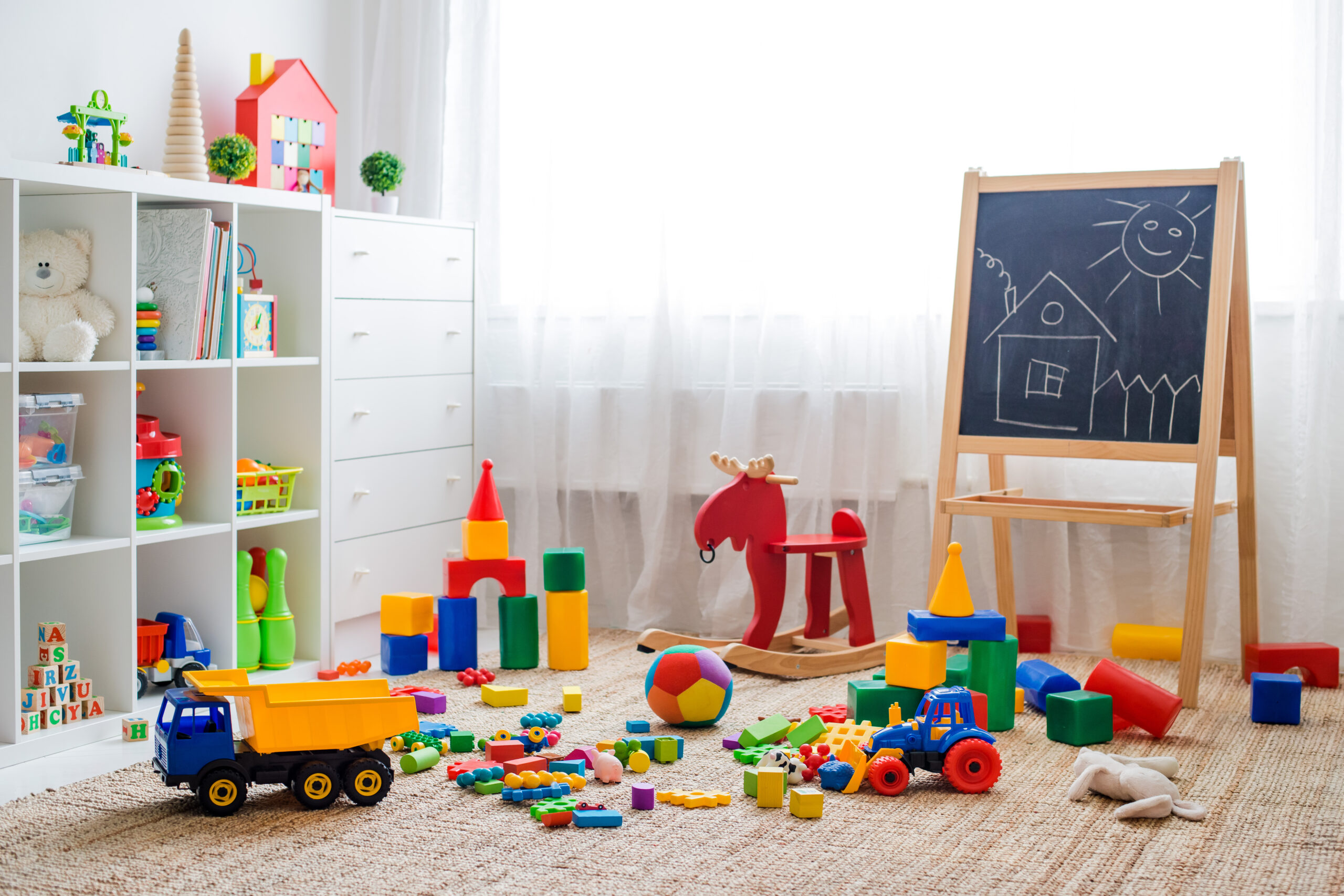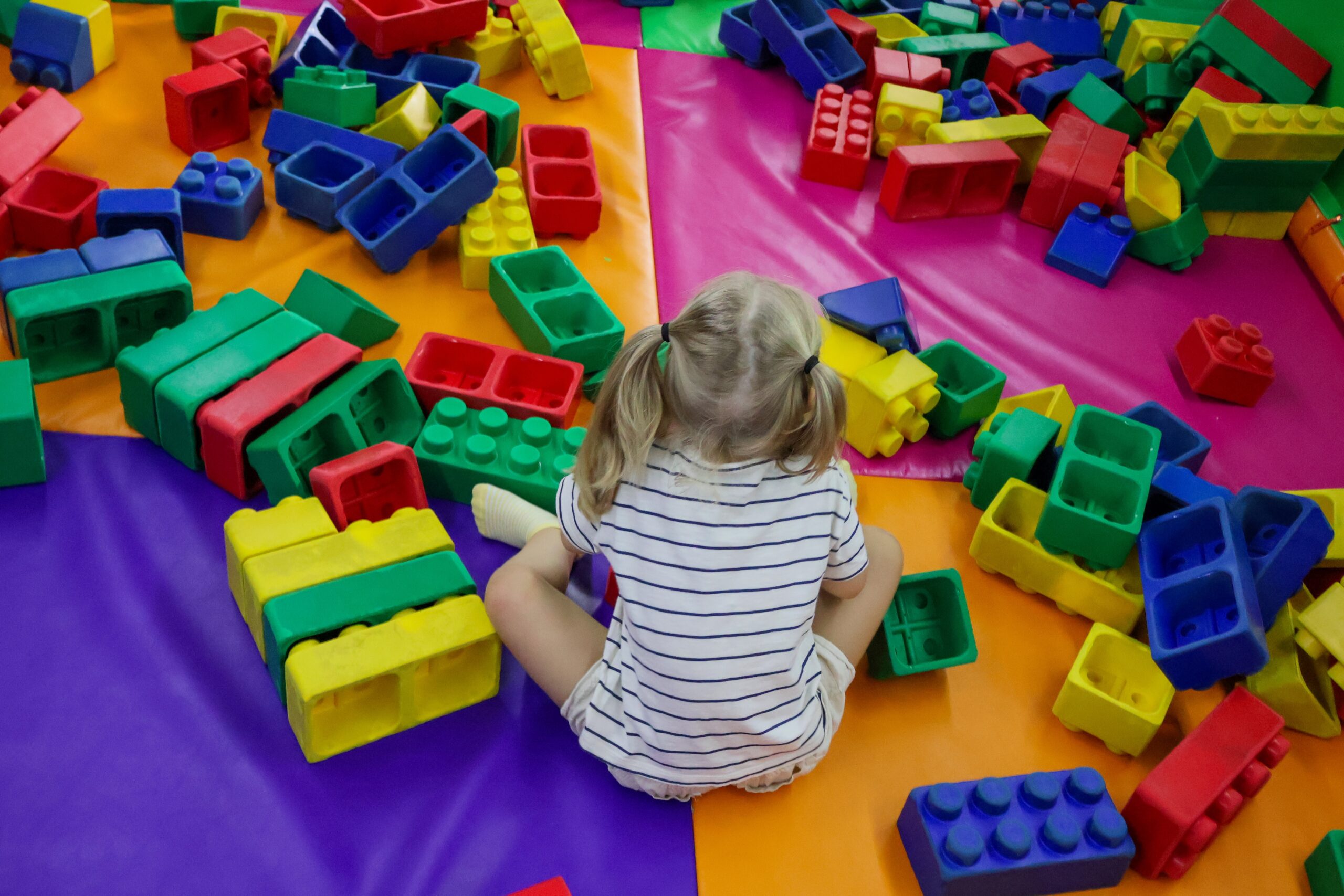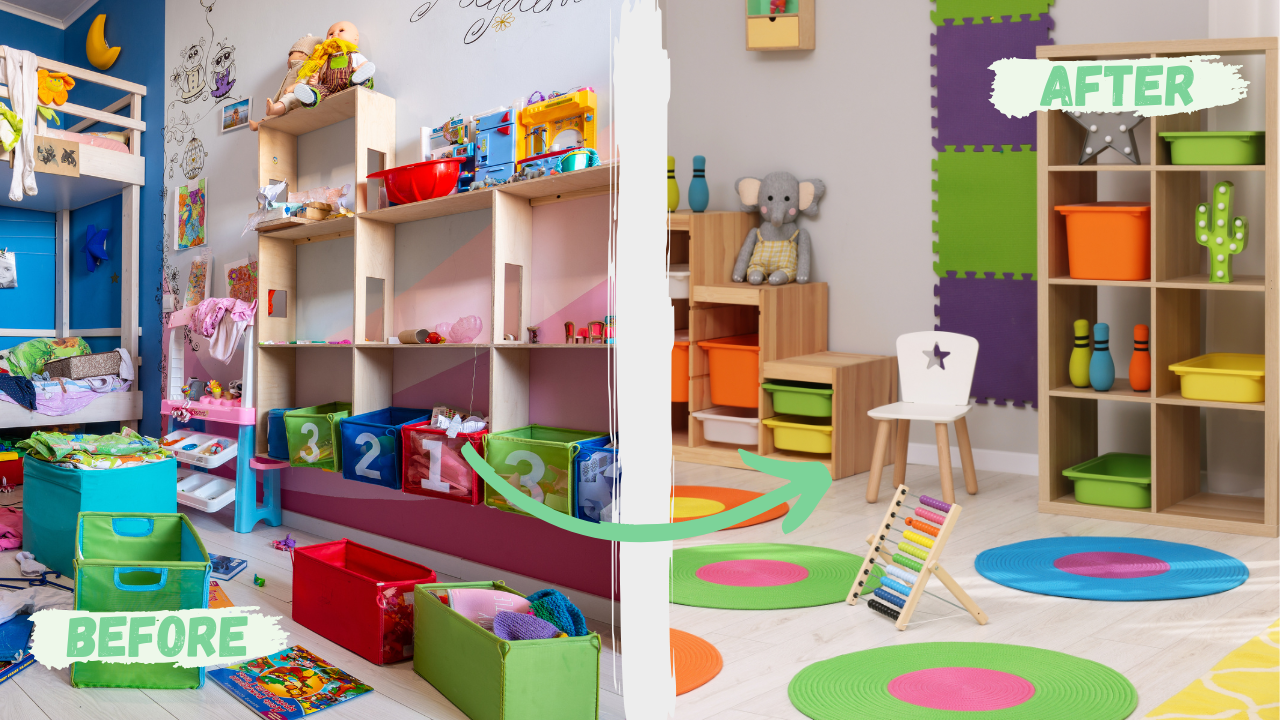A playroom is a magical space where creativity and imagination thrive, but keeping it tidy can feel like an endless battle. Toys scattered across the floor, misplaced puzzle pieces, and art supplies in disarray are familiar scenes for many parents. However, with the right approach, how to declutter and organise a playroom becomes a manageable and even enjoyable task. Transforming a messy playroom into a neat and inviting space is achievable—and it doesn’t have to be overwhelming.
In this guide, Clean House Melbourne shares steps to create a tidy and functional playroom, helping you declutter, organise, and style your playroom to create a functional and enjoyable environment for your kids.
Step 1: Declutter the Space
The first and most crucial step is decluttering. Here’s how to start:
1.1 Remove Everything
Take all items out of the playroom. Clearing the space allows you to evaluate each toy, book, and game individually. It also reveals how much space you have to work with, laying the foundation for playroom organisation ideas with clear bins and other smart solutions.
1.2 Sort and Categorise
Create three piles:
- Keep: Toys that are age-appropriate and frequently used.
- Donate: Items in good condition that your child has outgrown or lost interest in.
- Discard: Broken toys, incomplete games, or anything beyond repair.
Encourage your child to participate in this process—it can teach them valuable lessons about letting go and giving to others. This is the first step in learning tips for rotating toys to reduce clutter and maintaining a tidy space.
1.3 Clean the Space
With the room empty, take the opportunity to thoroughly clean it. Vacuum the floors, dust the shelves, and wipe down surfaces. This ensures your child-friendly playroom design starts fresh.

Step 2: Organise with Purpose
Organisation is the key to a playroom that stays tidy.
2.1 Group Similar Items Together
Categorise toys by type, such as:
- Building blocks
- Dolls and action figures
- Art supplies
- Books
- Puzzles and games
Grouping makes it easier for kids to find and return items, aligning with playroom organisation ideas with clear bins and shelves.
2.2 Use Clear Storage Bins
Transparent bins allow kids to see what’s inside without rummaging through everything. Best storage solutions for kids’ toys include clear bins with labels—making it easy for children to locate and return their belongings.
2.3 Incorporate Open Shelving
Low, open shelves are perfect for storing books and bins. They encourage children to take and return items independently, a crucial part of daily cleanup routine for maintaining a neat playroom.
2.4 Create Defined Zones
Designate specific areas for different activities, such as:
- Reading Corner: A cosy nook with beanbags and a small bookshelf.
- Art Station: A table with drawers for art supplies, complete with a wipeable surface.
- Play Zone: A central area with a soft rug for building and imaginative play.
Creating defined activity zones in a playroom ensures every part of the space serves a clear purpose, keeping the area neat and inviting.

Step 3: Design an Inviting Space
A well-designed playroom encourages kids to play and engage independently.
3.1 Choose a Colour Scheme
Use bright, cheerful colours to create an energising atmosphere. Incorporate playful patterns or themed decor to enhance your child-friendly playroom design.
3.2 Opt for Durable Materials
Select furniture and flooring that can withstand wear and tear. Easy-to-clean materials like laminate floors, washable rugs, and stain-resistant upholstery are ideal for playrooms, supporting long-term functionality.
3.3 Personalise the Space
Add personal touches such as your child’s artwork, a growth chart, or custom name decals. These elements help create a neat and inviting space that feels special and unique.
3.4 Ensure Safety
Ensure that all furniture is secured to the walls and that there are no sharp corners or choking hazards. This is essential for a safe and functional play environment.
Step 4: Maintain the Order
Once the playroom is organised, maintaining it is key.
4.1 Daily Cleanup Routine
Involve your children in a daily cleanup routine for maintaining a neat playroom. Set a timer for 10 minutes and turn it into a fun game where they put away toys before time runs out. This reinforces responsibility and keeps clutter under control.
4.2 Rotate Toys
To keep the playroom fresh and engaging, implement tips for rotating toys to reduce clutter. Store some items out of sight and swap them back in periodically. This keeps children excited about their toys without overwhelming the space.
 `
`
4.3 Regular Decluttering
Schedule a decluttering session every few months to reassess and reorganise. This helps prevent accumulation and supports long-term playroom organisation ideas with clear bins and defined zones.
The Benefits of an Organised Playroom
An organised playroom offers numerous advantages, including:
- Encourages Independent Play: When kids can easily find and access their toys, they’re more likely to play independently.
- Reduces Stress: A clutter-free environment is less overwhelming for both parents and children.
- Saves Time: With everything in its place, you’ll spend less time searching for missing items.
- Promotes Responsibility: Involving children in cleanup routines teaches them valuable organisational skills.
These benefits of an organised playroom for kids and parents make the effort of maintaining it worthwhile.
Why Choose Clean House Melbourne?
At Clean House Melbourne, we understand the importance of a clean, organised home. Our professional cleaning and home organisation services can help you transform any space, including playrooms. Whether you need assistance with decluttering, deep cleaning, or regular maintenance, we’re here to make your life easier.
By following these steps to create a tidy and functional playroom, you can turn a chaotic space into a haven of fun and creativity. How to declutter and organise a playroom doesn’t have to be a daunting task. With strategic planning and the right tools, you’ll be amazed at how quickly the transformation can happen. Let the process begin and watch your child’s playtime flourish in their new, beautifully organised space!
Ready to transform your playroom into a tidy, inviting space? Call us today at 03 8583 9102, email info@cleanhousemelbourne.com.au, or visit cleanhousemelbourne.com.au to get started!


 Email Us
Email Us Whatsapp
Whatsapp


